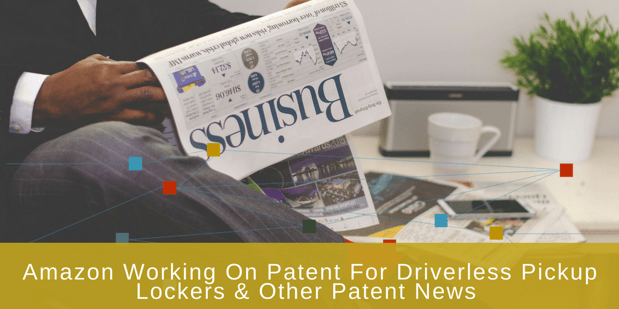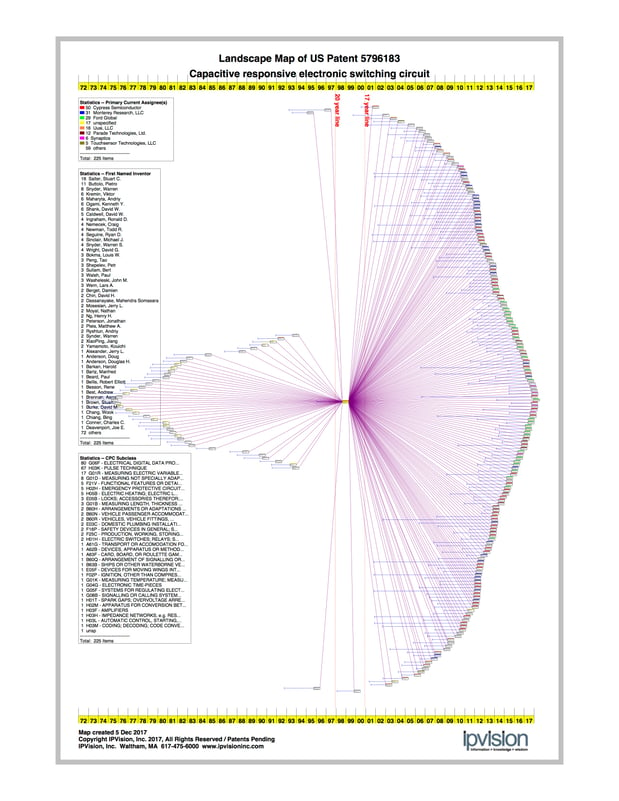
The future may or may not reveal flying cars, but it seems clear this week that most definitely those vehicles will be driven by robots. Two of our new patent stories reveal technology for bettering vehicular systems without drivers. Everything for the enhancement of the customer’s experience! Keep reading to see how this could be done.
Driverless Pickup Lockers—The Next Thing From Amazon
Are drones a thing of the past? So 2017. Amazon’s new patent is bringing to life the idea of getting their merchandise right to their customers, safely, no matter where they live using robot-driven mobile pickup lockers. What’s the advantage to this method of delivery? Other than the safety advantage of using a locker to help prevent theft, customers could theoretically see a cost reduction without having to hire third party shipping alternatives.
Car Sickness Prevention Patent By Uber
Who has better interests than Uber for developing a patent to aid against car sickness? The patent, intended mainly for self-driving vehicles, uses a new technology called a “sensory stimulation system,” which would align visual sensations with what a rider would be feeling using airflow, lights, and movable seats. The rider’s brain would be tricked into feeling something similar to what she is seeing, leading to more stability and less nausea. Although there is nothing to say where or when this technology would be used, but Uber is certainly showing the desire to keep customers happy.
HoloLens Patent By Microsoft Entering Lawsuit
HoloTouch, a Connecticut –based company, is claiming Microsoft used information from their patents when developing the mixed-reality device called HoloLens. HoloLens allows users to interact with holographic images and is becoming more and more popular with businesses. HoloTouch claims two of its patents were infringed upon and is asking for triple damages in a jury trial. As HoloTouch admits coming to Microsoft for a deal in 2006, nothing further was heard from the tech giant until HoloTouch’s patent designs were cited as “prior art” before filing their own patent. The Microsoft lawsuit could be just the beginning, as HoloTouch is also looking at patent similarities internationally.
Lawsuit Against Apple By Company Claiming To Have Patented Touch Screen First
Was Apple the creator of the touch screen used on many of its iPhone mobile devices? Nartron, otherwise known as UUSI, says no. The Michigan-based company filed a lawsuit against Apple in which it claims to have developed the touch screen patent before Apple’s iPhone launched in 2007. Nartron insists they notified Apple, requesting a licensing deal, but Apple continued without them believing there was no infringement on the patent in question.
Take a look at this patent map for the Nartron patent in question.

Mind Control Patents Coming From Microsoft
You may have thought that Microsoft has been in your brain for a long time, but now they are working it officially. Using science that uses machine-learning techniques in recreating the images you’re thinking of from your brain’s visual cortex by reading your neurological activity. Simply by reading your brain’s neurological activity, patents suggest a computer could direct an application to carry out the action you intend, move the cursor, or pump up the volume. All in the name of getting more done with less work.
What’s in it for Microsoft? Similar mind-reading patents reveal the ability to discern a user’s interest in what they’re reading, giving them the needed ability to taylor their work directly to the interests of their customers. That’s right, it’s all about the business.
Keep Up With Patent News!
Stay one step ahead of everyone else by following patent news. Knowing what’s right around the corner means you could be there waiting.



